
China
10:11, 14-Dec-2018
40 years of opening up: Shenzhen's transformation seen in 10,000 photos
Updated
10:10, 17-Dec-2018
CGTN
04:25
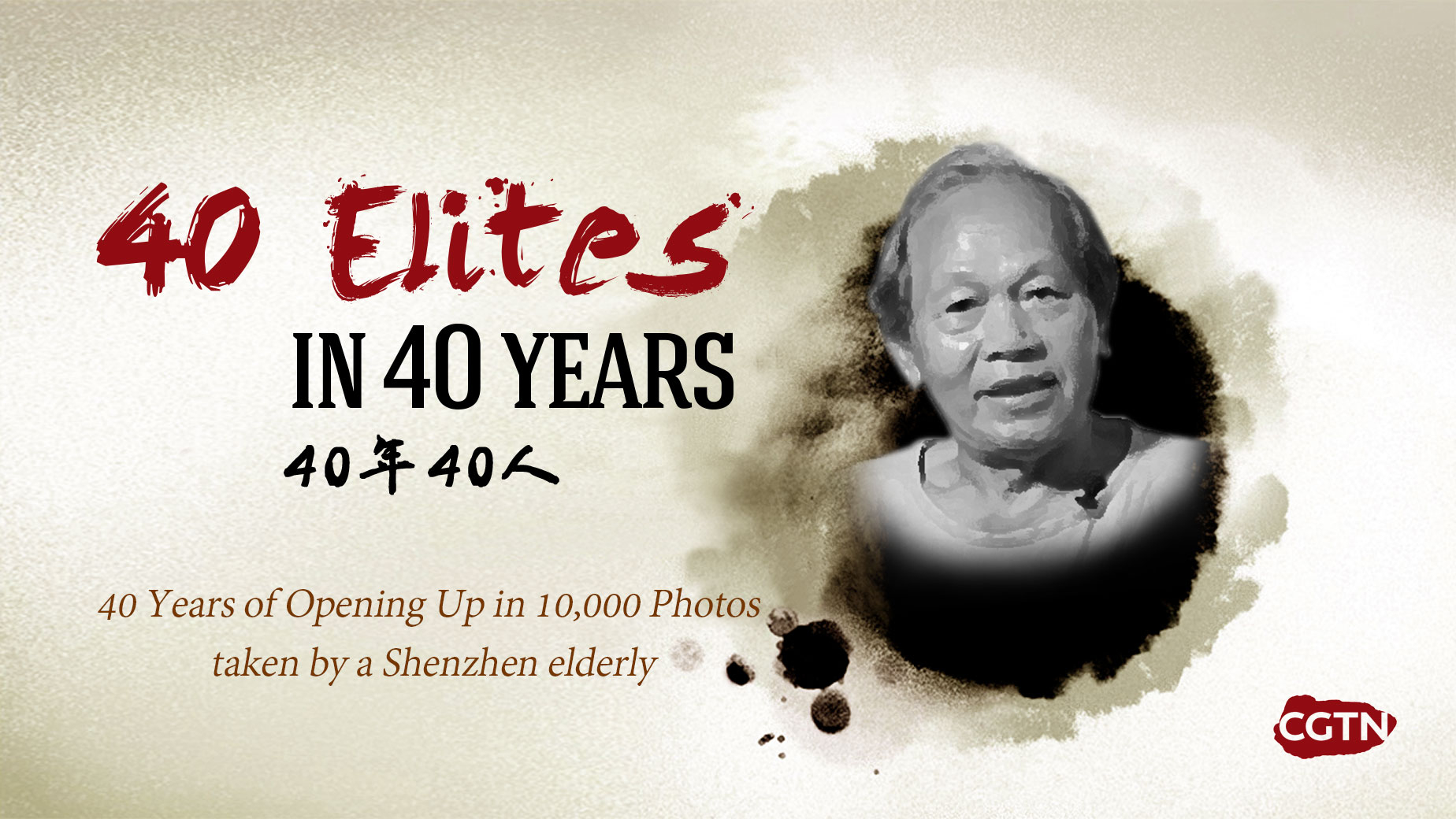
"I have witnessed Shenzhen grow into a modern metropolis from a fishing village. I've watched Shenzhen grow up and recorded its growth with my camera. I'm really proud of what I've done."
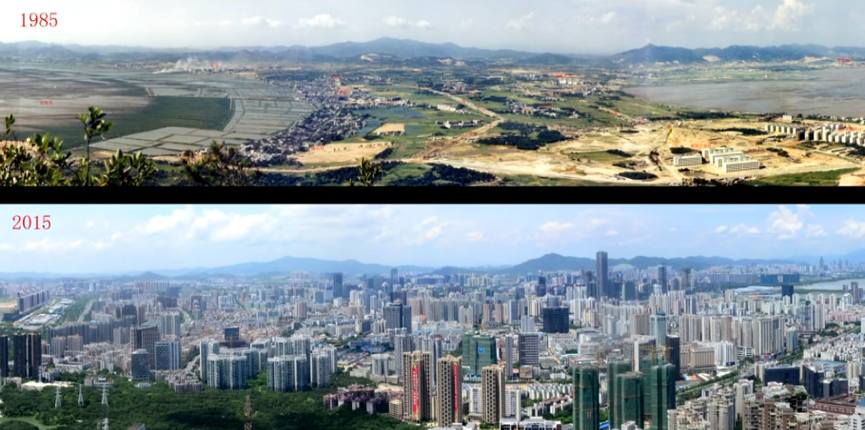
Chen Zonghao has a passion for photography and a sense of mission to record the changes in the Shenzhen Special Economic Zone. For more than 30 years, he has climbed countless mountains and worked day and night for these stunning panoramic photos, which prove to be valuable documents of China's reform and opening up.
"(At first, my job was) to record employees' activities and life, and the process of development and construction. After that, I found it interesting to compare the city's changes with photos. And I kept this habit for over three decades."
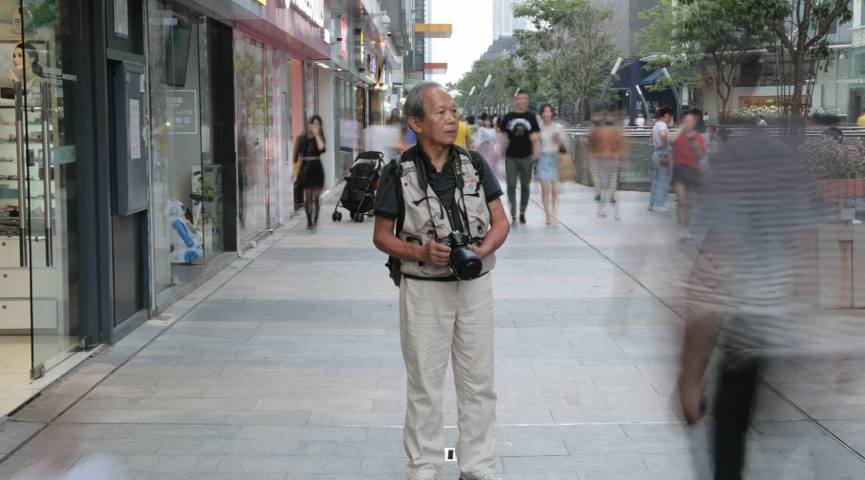
Virtually no one had expected Shenzhen to develop so fast, riding its path from a little fishing village to a world-renowned metropolis, and even being dubbed "China's Silicon Valley" by Western media.
Chen fell in love with photography during college. In 1984, he was equipped with an imported Minolta camera, which he used until he retired. He even learned the techniques to make a panoramic image mosaic all by himself.
At the age of 35, Chen was transferred to Shenzhen in 1980 – the very beginning of China's reform and opening up.

"In the early years of the reform and opening up, there were few locals in the village of Shekou in western Shenzhen because many people had gone to neighboring Hong Kong. And it was mostly migrant workers who lived there, coming from other parts of the country. At their golden age, they ate in huge bowls. All of them were standing on the road to quickly finish their meal. I called this photo 'Dinner of the Migrant Workers'."
At the time, there was a folk ballad that went like this: "Three things in Baoan (a district in Shenzhen) are special: flies, oysters, and mosquitoes. Flocking to Hong Kong are the young locals, leaving only the elders and the kiddos."
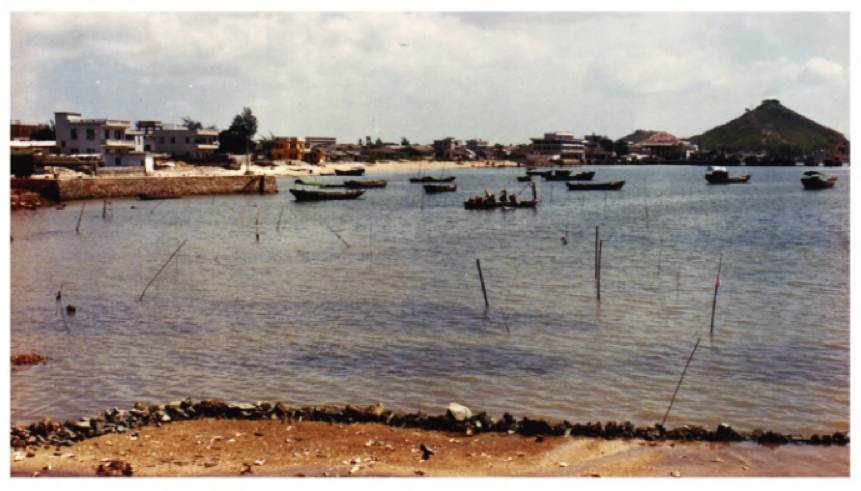
Three years later, the benefits of the policy started emerging in Shekou. The natives returned, setting up factories and businesses. Nowadays, Shekou has again taken the forefront as one of the earliest Free Trade Zone in China.
"The year 1997 witnessed the return of Hong Kong (to the motherland). Ten years later, the Shenzhen Bay Bridge was completed. In 2018, the Hong Kong-Zhuhai-Macao Bridge was also completed. Today, there are over 20 million people who call Shenzhen home. That number used to be just 300,000 before the reform and opening up. In the past, there were only village houses, today skyscrapers can be seen everywhere. And the low-rise garment factories have been replaced by high-tech industries."
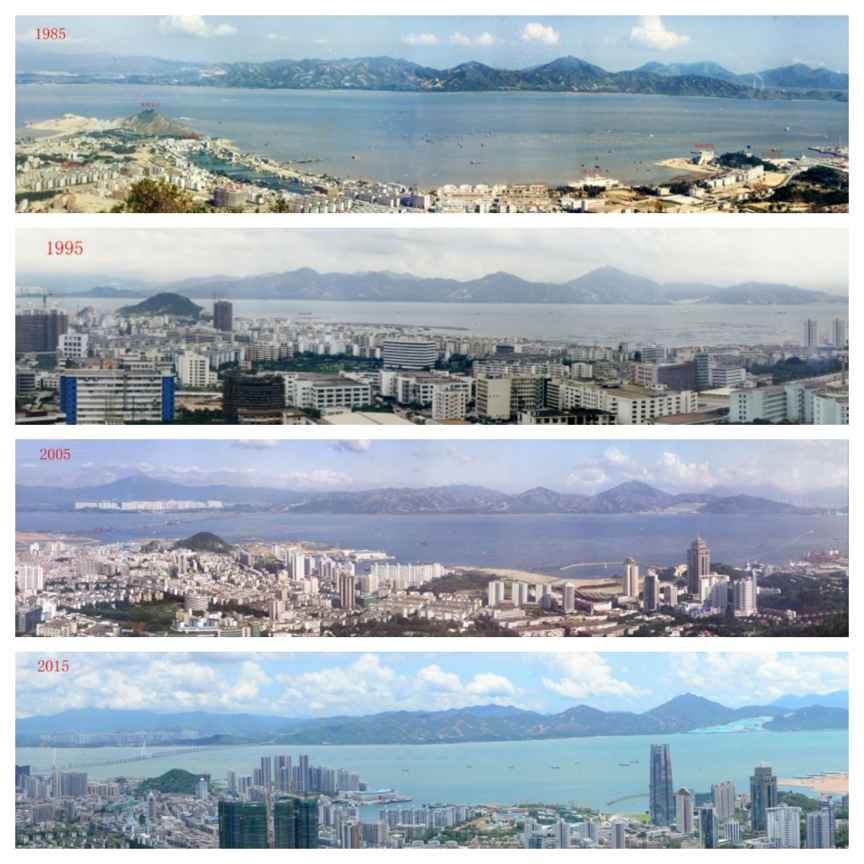
To ensure the quality of the panoramic pictures, Chen needs both a high location and a clear day. He goes to the same location almost every year for the same perspective. In 2018, he climbed Nanshan Mountains in Shenzhen six times just to take one perfect photo.
"I often run into younger mountain climbers (when I was climbing). For me, I believe that impressive photos never come easy. Panoramic photos require excellent transparency. In Shenzhen, panoramic photos can only be taken from June to September... I have to wait for the right moment.”
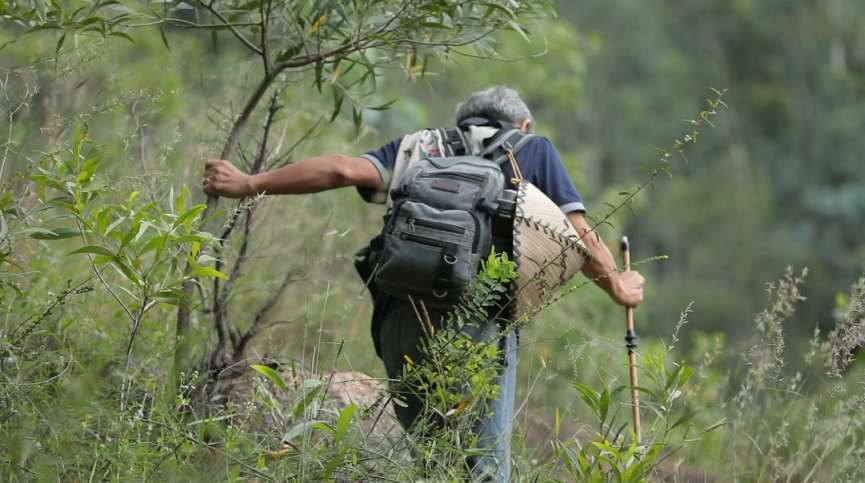
Back in the day, digital cameras and computer composition technologies were far from popular. Chen had to manually match those separate pieces into panoramic works, before he learned to use scanners in 2004, and later in 2008 when he finally started to use a digital camera. Now he doesn't need to work on stitching together nearly 20 photos to get a single panoramic photo.
All the hard work has paid off, as the photos have delivered precious and unique records of China's efforts on the path of reform and opening up.
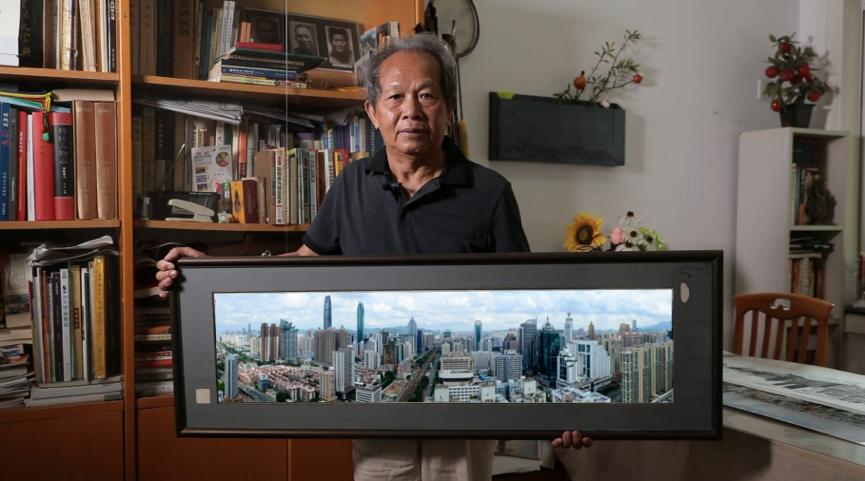
Last August, Chen donated more than 10,000 pieces of his work in the past decades to the Shenzhen Nanshan Museum. They showcase Shenzhen's immense changes, while demonstrating China's accomplishments during the last 40 years.
Chen says, "The museum is exactly where my works belong... I will keep capturing Shenzhen's change through my lens as long as I am able to walk."

SITEMAP
Copyright © 2018 CGTN. Beijing ICP prepared NO.16065310-3
Copyright © 2018 CGTN. Beijing ICP prepared NO.16065310-3